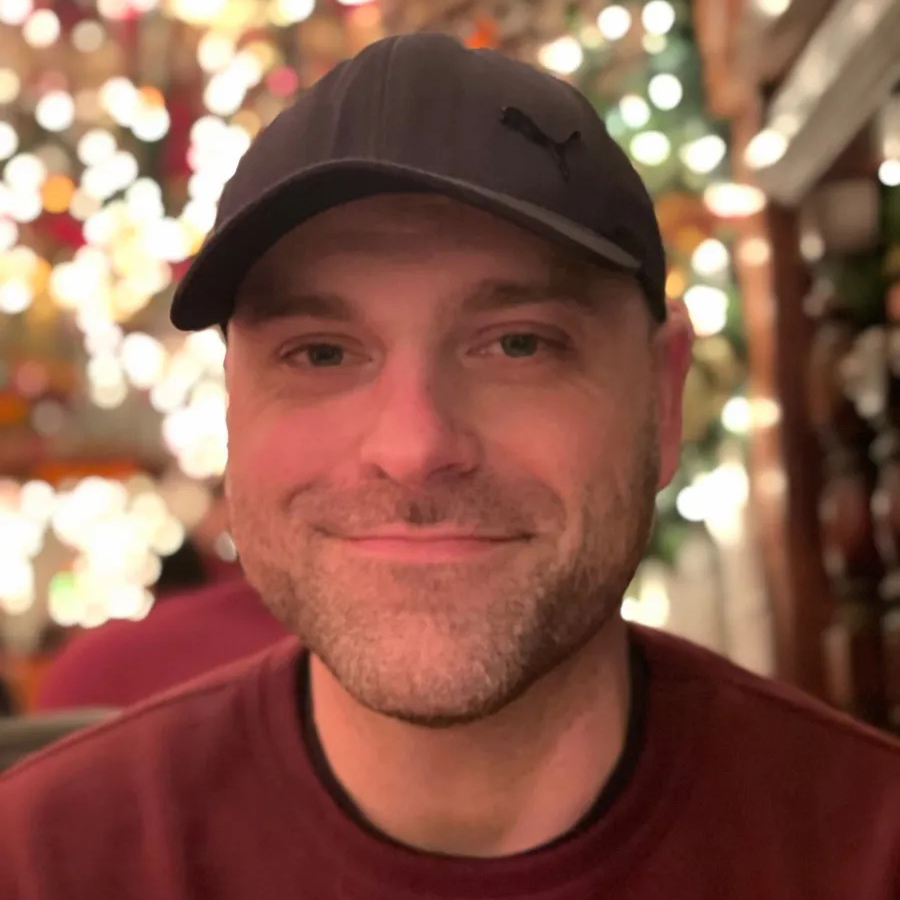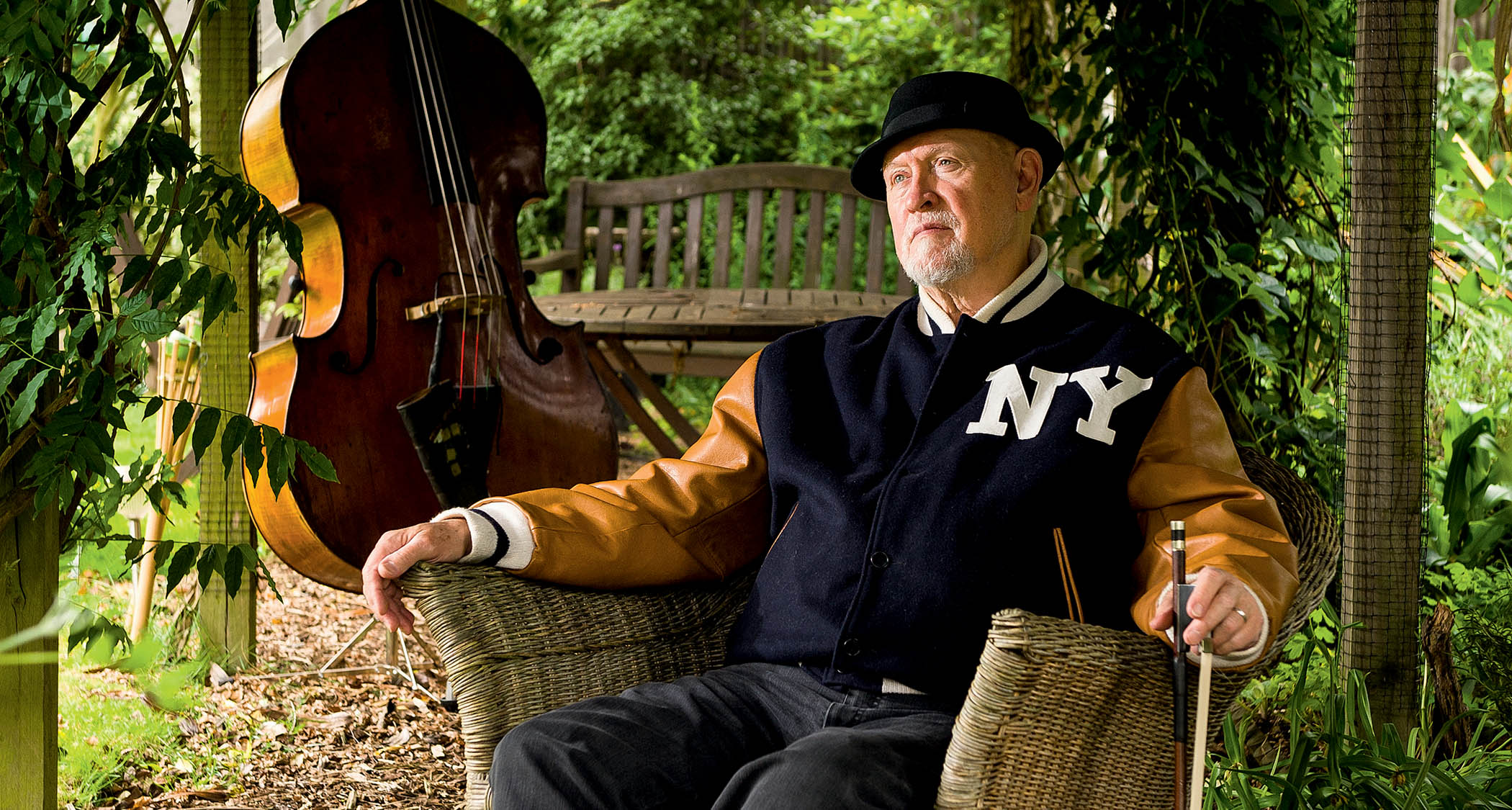“There was the greatest guestlist in rock history – Jimmy Page, B.B. King, Buddy Guy, Ronnie Wood, Keith Richards, Eric Clapton and Neil Young”: Jimmy Rip was a session man in demand by Mick Jagger and Tom Verlaine – then came a rock ’n’ roll icon
Armed with the Tom Verlaine’s first guitar, and his own first instrument, the 69-year-old session veteran has come home from Argentina to keep memories alive
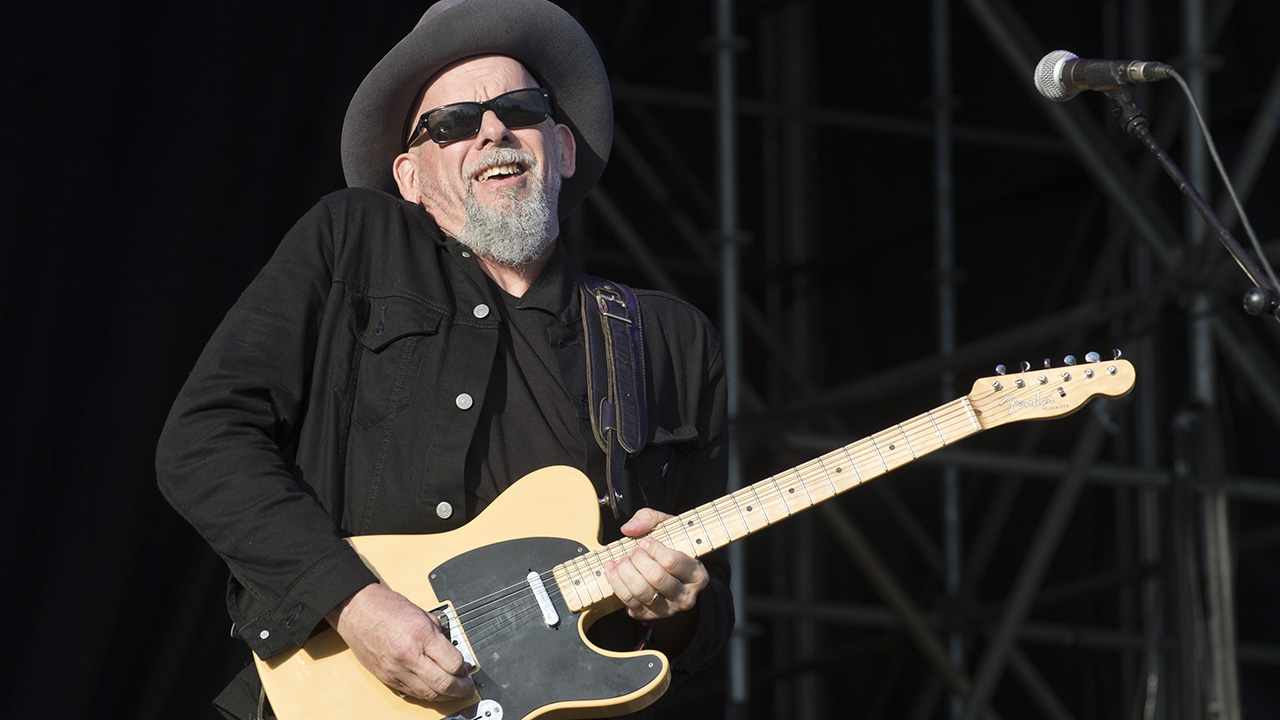
Jimmy Rip isn’t sure he has a signature sound. “I’ve never looked for one,” he says. “People do say they can tell it’s me on a recording. I can’t! I’m always trying to change according to the situation I’m in.”
The New York City native adds: “I used to practice to the radio, spinning that dial like a roulette wheel. I was always trying to mold to the music; I had a studio musician’s way of thinking about it even then.”
He was in demand for a number of years, appearing on hundreds of albums including material by Mick Jagger and Tom Verlaine. But he says things have changed: “Is there a session player scene anymore?
“I’m probably way too far removed from it to say anything relevant. These days, with the ability to self-publish, it’s probably better to make the music that means the most to you, try to get it into as many eyes and ears as possible, and see what happens.”
He reflects on turning 70 next year, saying: “I’m always aware of the fall that comes after pride, but some things make me happy when I look back. I’m so grateful to be healthy, and to still have the energy for new things that keep life interesting.”
What inspired you to pick up the guitar?
“My older brother played. He always had bands rehearsing in the basement of our parents’ house in Queens. About six years old I began to sneak his guitars out of the case while he was at school.
All the latest guitar news, interviews, lessons, reviews, deals and more, direct to your inbox!
“When he moved on to a red Hagstrom II, I was given his first guitar, a Zimgar hollowbody, which looks kinda like a Gibson Byrdland. I still have it. I use it all the time. It’s a great guitar, now with P-90s and a Bigsby. Everyone who touches it falls in love with it.”
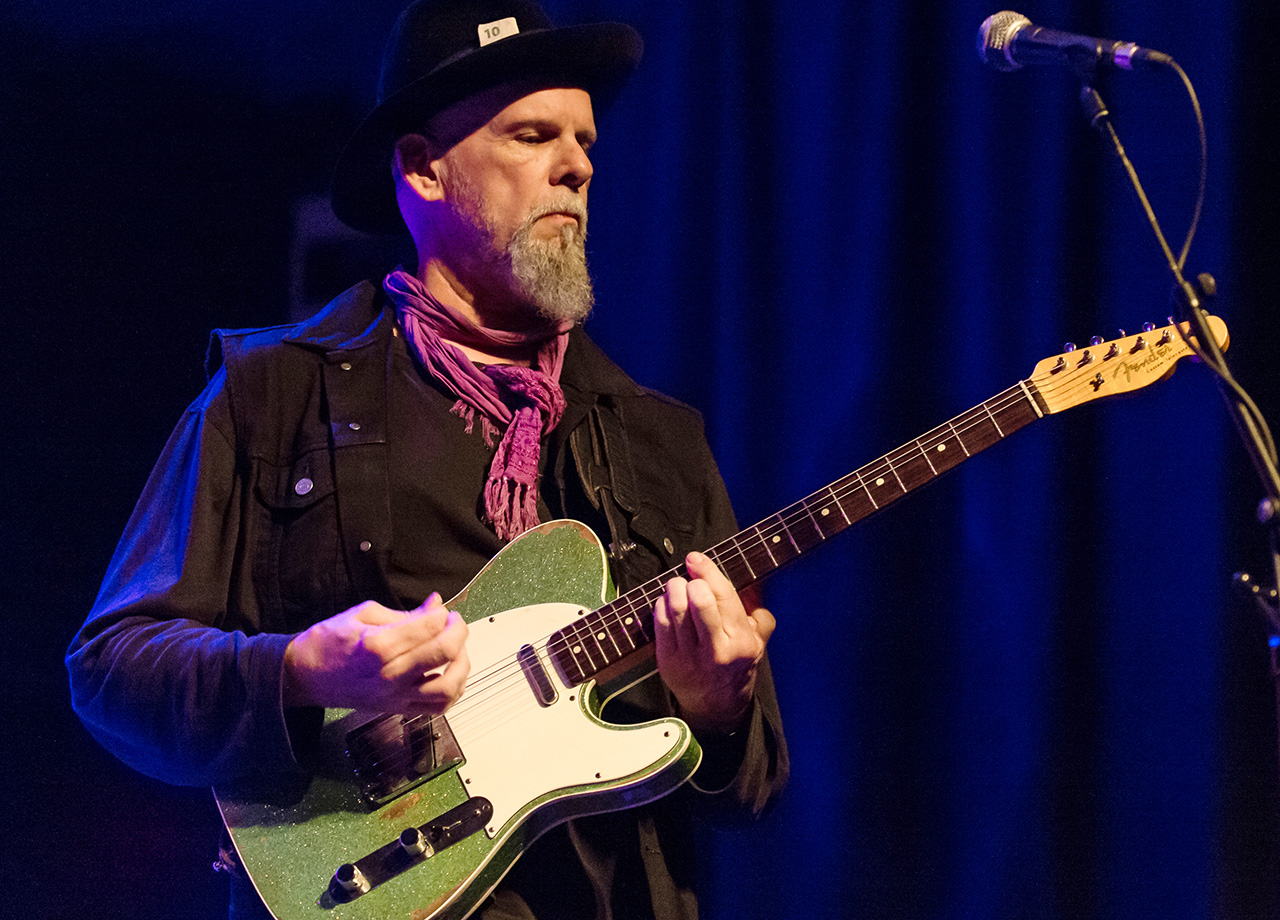
Once you got into session work, what did your rig look like?
“I first got paid to play when I was 12. By the time I was 15 I was playing every weekend in bars and dances around NYC. I had fantastic gear – the things we all look at now as holy grails were just used stuff back then. When I was 16 I had a ‘64 ES-335 and one of Jim McCarty’s Marshall Plexi 50s, with ‘Cactus’ stenciled on the back!”
Did Jim give that to you?
“I bought it at Sam Ash in Hempstead, New York, for a couple of hundred bucks. I always say I shoulda just stopped buying, selling and trading then! There were no books and very few magazines to hip you to what great gear actually was.
“But my older brother had great taste in music and gear. I grew up playing in the basement through his black panel Super Reverb and Bassman, with a pair of Altec Voice of the Theater cabinets for a PA. I was so lucky!”
When you worked with Mick Jagger, were the likes of Mick Taylor, Ronnie Wood and Keith Richards ringing in your ears?
“If you were a guitar player born sometime in the ‘50s there’s no way you could escape having Ronnie, Mick and Keith in your brain. It was the language of the music closest to my heart; and their influences also became my influence. Thank God there was a huge well for us all to drink from!
“I first met Mick when I got called by the film director Allan Arkush to be in a video he was making for Bette Midler. She had covered Beast of Burden and he wanted some rock ‘n’ roll lookin’ guys to be in the video as her band.
“I didn’t know Mick was gonna be in the video. We met at the catering table, hit it off, and hung out a bit after that, runnin’ around NYC. A couple of years later, in 1987, when he was putting together a band to make his second solo disc, Primitive Cool, I got the call.
I traveled the world for four years. I had a relentless drive to show the world how great Jerry Lee still was
“When he put the band together to tour that album, I became the musical director. It was all off-the-charts talented musicians like Joe Satriani, Doug Wimbish and Simon Phillips. The only direction they needed was not to play too well – something I was more than qualified to do!”
How was it working with Jerry Lee Lewis on Last Man Standing?
“I had nothing but a blast making that record. Needless to say, Jerry’s dangerous reputation preceded him, but in the four years it took to finish that record, we did nothing but laugh and rock. My dear friend Kenny Lovelace – Jerry’s guitar band leader for 55 – and myself were the guitarists on every track.
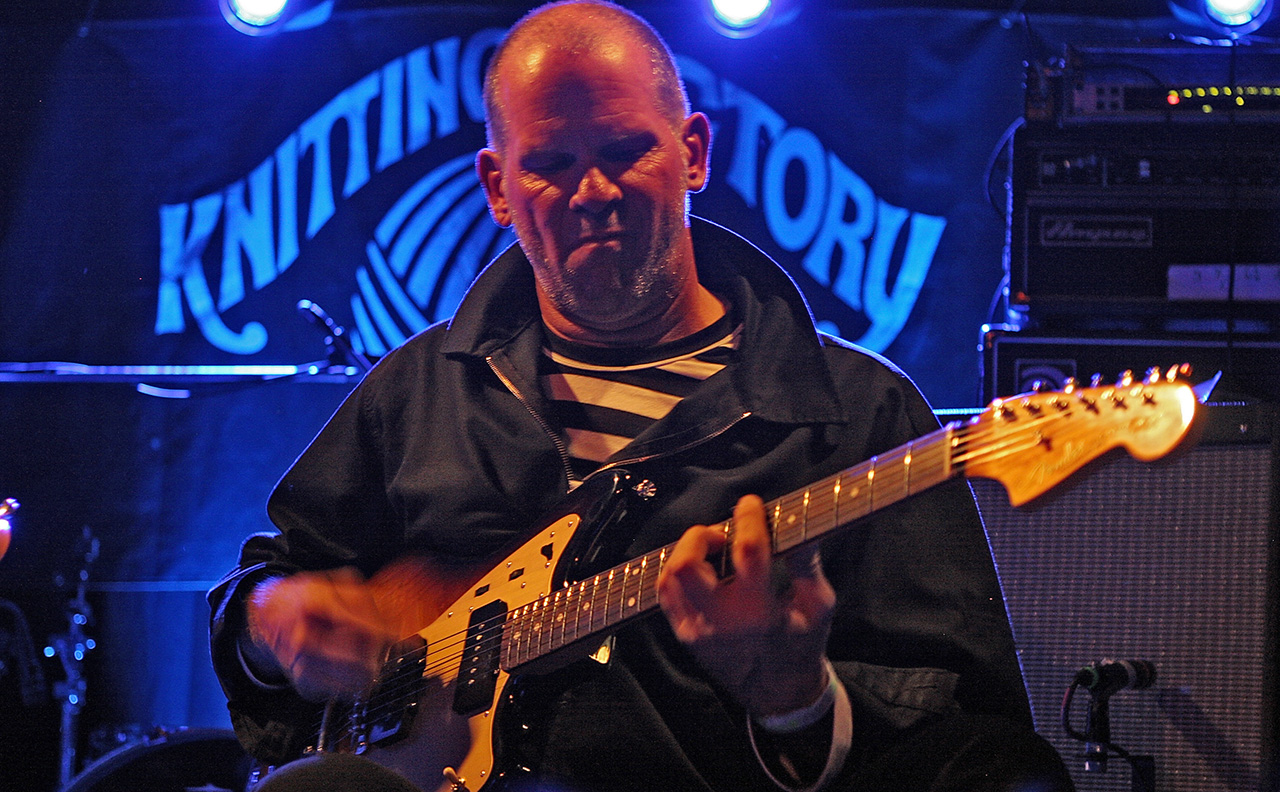
“And there was the greatest guest list on any disc in rock history. If you’re only speaking about the guitar players there was Jimmy Page, B.B. King, Buddy Guy, Ronnie Wood, Keith Richards, Willie Nelson, Eric Clapton and Neil Young.
“I traveled around the world for four years, recording the 22 guests in total in some crazy places – hotel rooms, rehearsal rooms and kitchens. I had a mic, a preamp, a laptop, and a relentless drive to show the world how great Jerry Lee still was.”
You joined Television in the 2000s.
“I joined in 2007, but you have to remember I started playing with Tom Verlaine in 1981, so altogether there was a 42-year history. I was with Tom when he took his last breath; one of the worst days of my life. I’m still very, very sad that he’s not here to play those amazing songs.
“I can hear his infinitely imaginative playing from five feet away. We could keep everyone near us on an airplane awake with our endless laughing. He is so sadly missed.”
What gear did you bring to the Television party?
“I’ve always tried to have one of everything to cover all the bases. I never thought of myself as a Gibson guy or a Fender guy or whatever. I’m always surprised when I see photos and I’ve always got a Telecaster in my hands.
“When Tom was playing Jazzmasters, that sound – later with his lipstick tube pickup – and the punch of the Tele seem to go real well together. There was a period when he put lots of keyboards on his records. I was a very early user of Roland‘s synth guitars, and I wound up using one stage with him a lot. Damn, it was so hard to keep that module in tune!”
We’ve all come from the same place – sitting in our rooms trying to make dreams come true
Television's guitar parts are more complex than they seem. What was the key to mastering them?
“I don’t know if I did – those songs never seemed simple to me! But I was so used to playing with Tom when I joined Television that it was just more of the same to me. THeom really liked chord voicings in a certain way.
“He didn’t want any thirds in the chords a lot of the time. He liked the tonality to be a bit ambiguous. He had the sharpest ears – he could hear the air-conditioning duct rattle from the other side of a theater or a pre-amp tube about to go bad, and it all bugged the hell out of him. Soundchecks were sometimes a bit exacting!
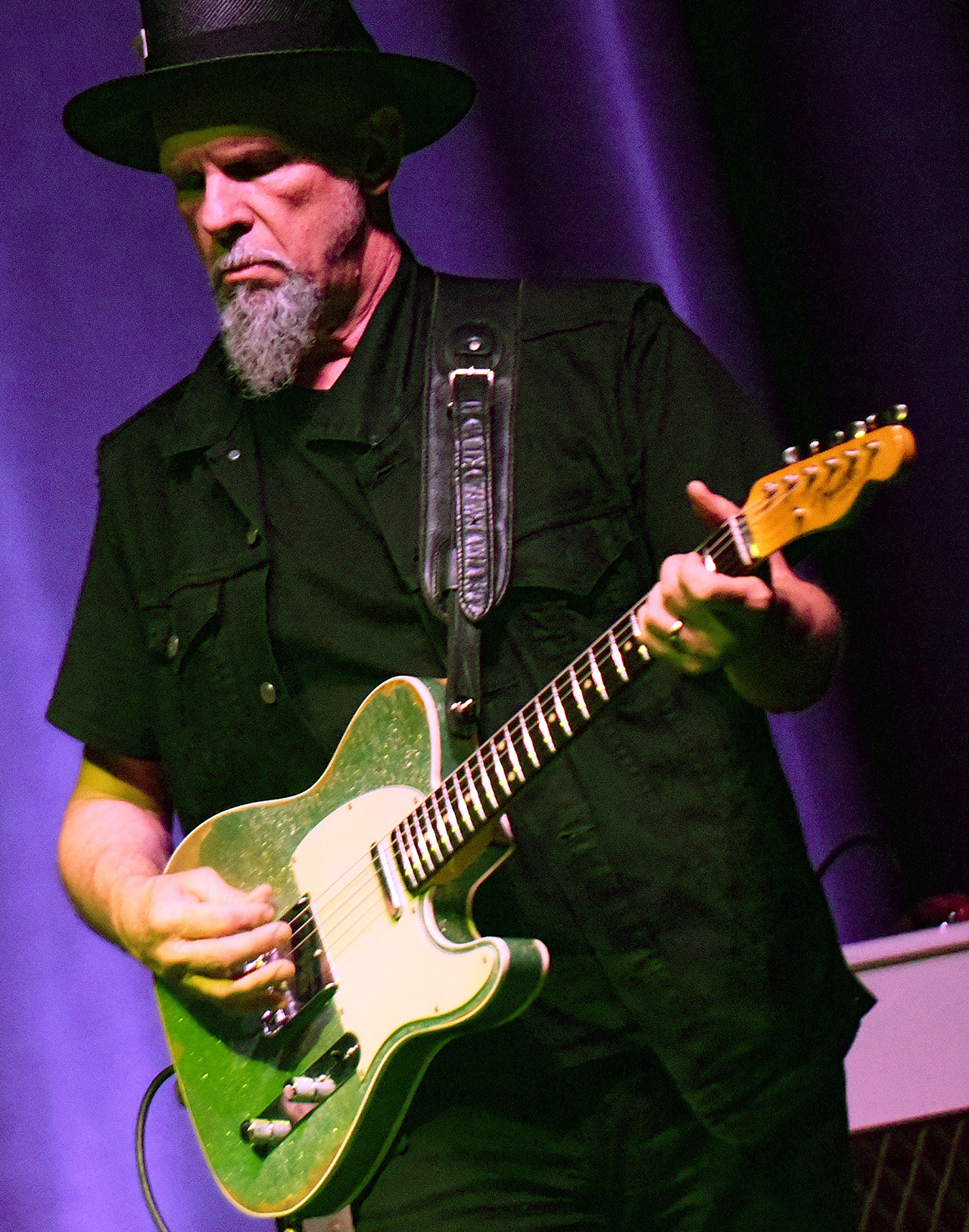
“In 2013, when we started to play the entire Marquee Moon record at shows, I had to go in deep and really study Richard Lloyd’s parts. What Richard played on that record is so beautiful; to get those amazing lines into my hands was a pleasure. But not easy.”
You've worked with Debbie Harry, Mariah Carey and Rod Stewart. What’s the key to covering so many diverse sounds?
“Well, it all goes back to jamming with the radio and spinning that dial around, trying to figure out how everything fits together. Playing with all those kinds of legendary people, there’s also the nerves factor.
“Whether you’re a superstar or you’re just coming up, we’ve all come from the same place. We were all a little bit nerdy sitting in our rooms, practicing endless hours, trying to make dreams come true. I always remembered that when I was with someone about whom most people would ask, ‘Weren’t you nervous?’”
What’s your rig like these days?
“I’m the same as I ever was. I’ve got probably 30 guitars and only a couple of them are kind of frivolous ‘just because I want one’ guitars. All the rest are tools of the trade to cover all of the sounds that the songs I encounter.
“Of the 300 or so guitars that have passed through my life, there’s maybe five that I wish I had back. They’re now all worth so much money that short of a Lotto win, that ain’t happenin’… But I’ve got a couple of great Telecasters, a couple of great Stratocasters, a couple of great two-humbucker guitars.
“I’ve got a couple of great single P-90 guitars and my Hagstrom II. I have a 1957 Gibson J-50 that I’ve played on a couple hundred records; it’s the only acoustic that I ever use in the studio. I have a 1965 Jazzmaster that Tom gave me just before he left us.
I’ll focus on Tom’s solo songs with a very special band. So many of his songs need to be in the air
“And I have Tom‘s first guitar, a 1959 Gibson LG-2, which is one of the most mojo-filled guitars I’ve ever touched. Every time I pick it up I’ll play something I’ve never played before. Tom wrote most of the Marquee Moon songs on it. It’s so very special to me that it never goes outside.”
What’s next for you?
“I lived in Argentina for the last 16 years and produced 20 records there – some gold and platinum sellers. I was a total stranger when I arrived there, and it was not an easy thing to do. I made four discs there with my band, Jimmy Rip & The Trip, and I managed to keep it together for 15 years, playing the biggest stages around South America.
“Now I’m back in the States. In the fall I’ll have my YouTube channel up. I’ll be driving around the country in my camper, telling my rock ‘n’ roll stories and meeting up with old friends so we can tell our stories together.
“I’ll be back in Argentina in December for a few weeks to play some shows. Then I’ll be doing some shows in the US, performing some of Tom’s music – focusing on his solo songs with a very special band. There’s so many wonderful songs of his that need to be in the air.”
- Follow Jimmy Rip on his social channels.
Andrew Daly is an iced-coffee-addicted, oddball Telecaster-playing, alfredo pasta-loving journalist from Long Island, NY, who, in addition to being a contributing writer for Guitar World, scribes for Bass Player, Guitar Player, Guitarist, and MusicRadar. Andrew has interviewed favorites like Ace Frehley, Johnny Marr, Vito Bratta, Bruce Kulick, Joe Perry, Brad Whitford, Tom Morello, Rich Robinson, and Paul Stanley, while his all-time favorite (rhythm player), Keith Richards, continues to elude him.
You must confirm your public display name before commenting
Please logout and then login again, you will then be prompted to enter your display name.



